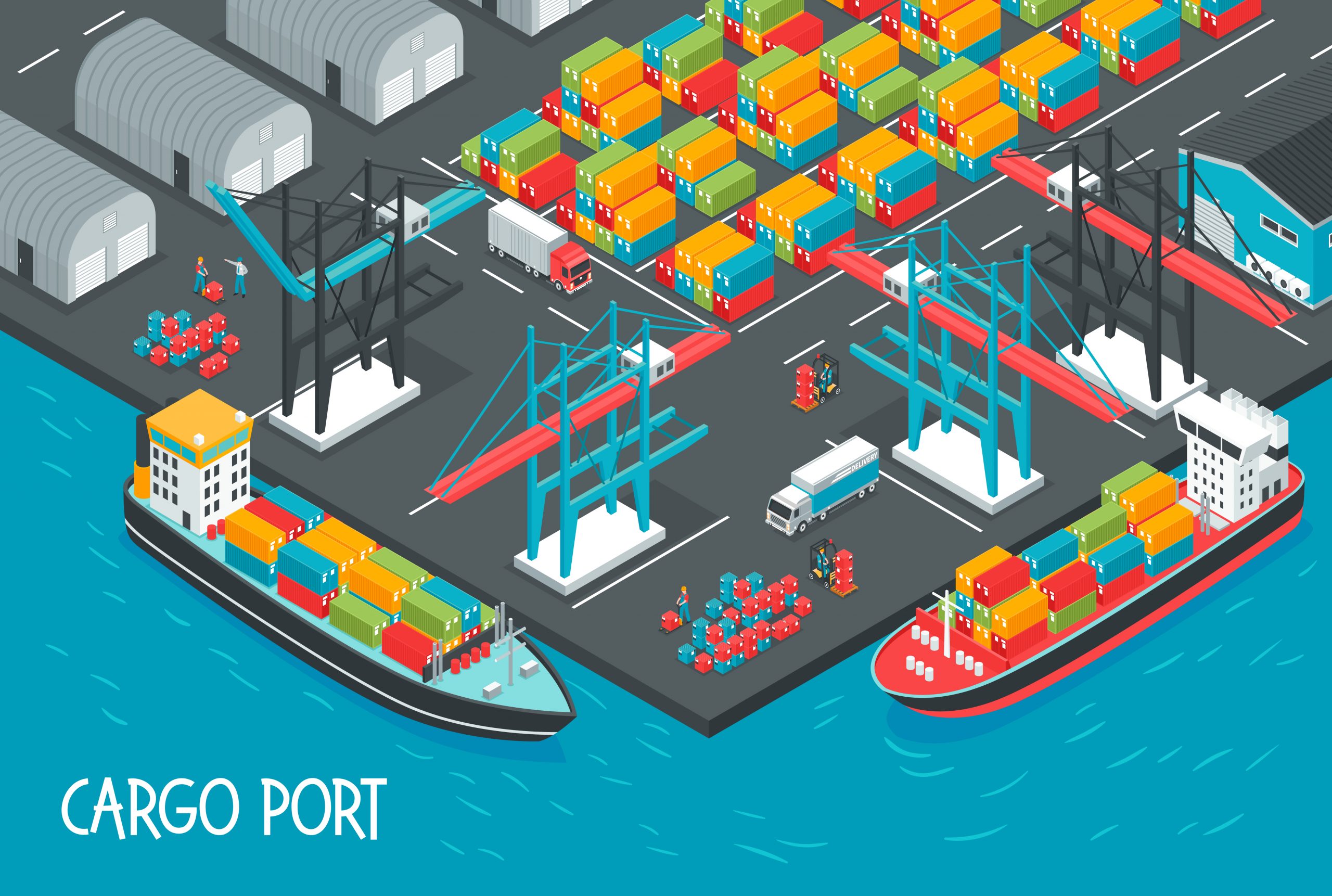Cosco Shipping, the world’s fourth largest container shipping company, has placed a $1.5 billion order for 10 new container ships. Given the current tight shipping situation, it seems to be a necessary move. However, after the pandemic, is there really such an enormous demand for shipping in the market?
Carriers this year take the orderbook-to-fleet ratio to a five-year high
According to the data from IHS Markit, global shipping companies have ordered 516,061 TEU of new capacity, making the orderbook-to-fleet ratio reach a five-year record high of 17.5%. Besides, around 70% of the orders are for ships which are above 14,000 TEU.
Considerable uncertainty still exists in the market
Since there are new environmental regulations due to become laws, the issues of carbon dioxide emissions may cause impacts on the demand for new fleets as well as the capacity of the industry in the future. Therefore, several experts are not convinced that the industry can escape excess supply in the foreseeable future.
High orderbook-to-fleet ratio represents “normalization” in the market
Rahul Kapoor, vice president of IHS Markit, holds an opposing position, claiming that the high orderbook-to-fleet ratio represents a return to “normalization” in the market after ocean carriers starve themselves of new orders during the past few years. According to the data from IHS, it shows demand growth exceeding growth in container shipping capacity through 2026.
Will the demand growth stay constant in the future? Will the industry escape excess supply in the future? Which sides would you want to pick? What about overcoming port congestion challenges? If you have other opinions about “overcapacity,” feel free to share them via Facebook or Linkedin!







